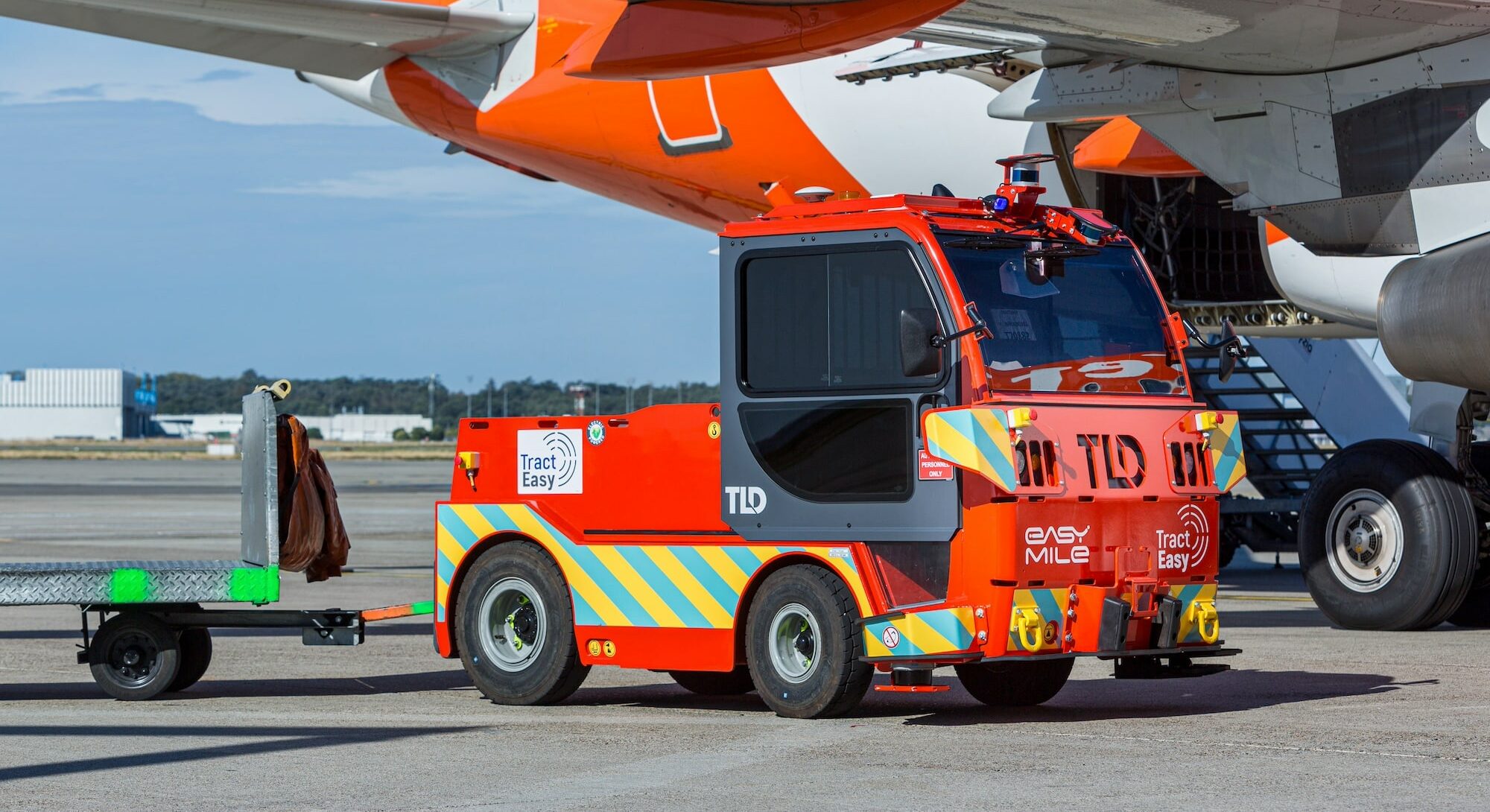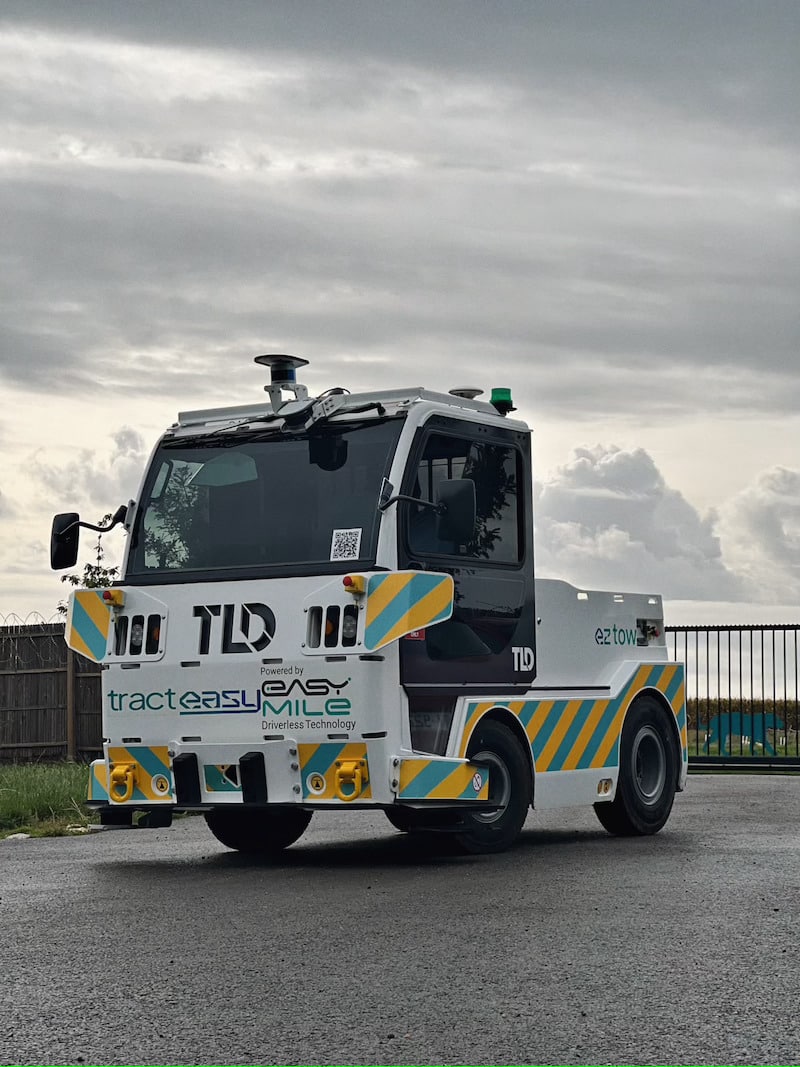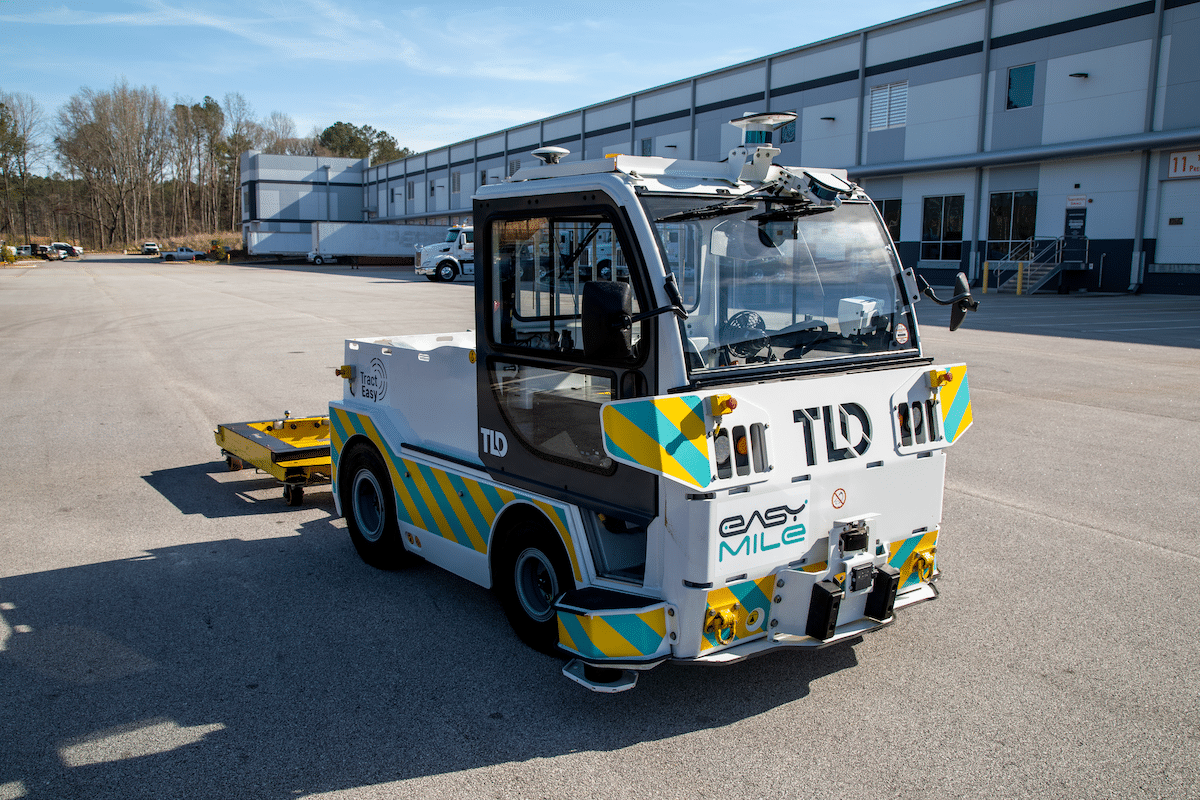In the bustling world of aviation, the efficient handling of baggage and cargo has become a pivotal challenge for airports worldwide. The intricate web of processes involved in transporting luggage and goods between terminal buildings and aircraft is a difficult task fraught with risk and heavily dependent on labor that is increasingly in short supply. As the demand for air transport continues to rise, so does the need for airports and airlines to streamline their operations.
Industrial businesses have been benefiting from the gains that autonomous indoor vehicles can provide for decades and with that they have long established stringent safety requirements and a robust change management processes that are facilitating rapid adoption of outdoor autonomous tow tractors to replace manual tow tractors as well as forklifts for long distance and/or outdoor material movement.
Airports today largely lag the industrial segment with autonomous vehicle experience and associated safety standards. However, after years of numerous and widely publicized proof of concepts at airports around the world, many of which from companies that are no longer active in the space, a few have made it to level 4 operation demonstrations and some have even achieved level 4 commercial operation moving cargo and baggage.
For these pioneering airports and airlines with the fortitude to power through, the benefits they envisioned are being achieved if not exceeded and with the invaluable experience they have gained, their plans for scaling up have graduated from the white board to the board room for approval. The breakthroughs facilitating these successes are in large part from technology advances but also in the understanding of operating environment barriers to be mitigated and/or controlled and of course how to manage them.
With the right desire, diligence and determination a formal change management process are being defined that is being leveraged from gate to gate within a terminal, from terminal to terminal within an airport and across airports with a common set of stakeholders or at least stakeholders that agree on a common mission and approach.
In the gap of autonomous vehicle experience and defined associated safety standards at airports the debate on how safe an autonomous vehicle needs to be is ongoing. This gap is allowing new competitors and solutions to enter the airport autonomous vehicle market that are prohibited in the industrial segment. With that some customers are seeking benefits that a lower safety tolerance solution can yield while others are embracing the effort required to achieve the same outcome with a certified solution. While the debate is still ongoing it is safe to say that the highest level of success achieved thus far has been with the highest level of safety in both product and process. Both paths are still available, for now, but in my opinion the risk is not worth the perceived reward and only those products and processes with the highest level of safety will graduate for proof of concept to wide scale adoption.
Autonomous outdoor tow tractors have emerged as a key part of the automation solution in the industrial segment with demonstrated safety efficiency and ROI. Now, with technology evolution, building pools of autonomous vehicle expertise and growing understanding of and capability to address operation environment barriers in the airport market, autonomous tow tractor deployments are set to take off paving the way for improved safety, higher efficiency and lower operating cost at airports around the world.
– Richard Reno, CEO of TractEasy


